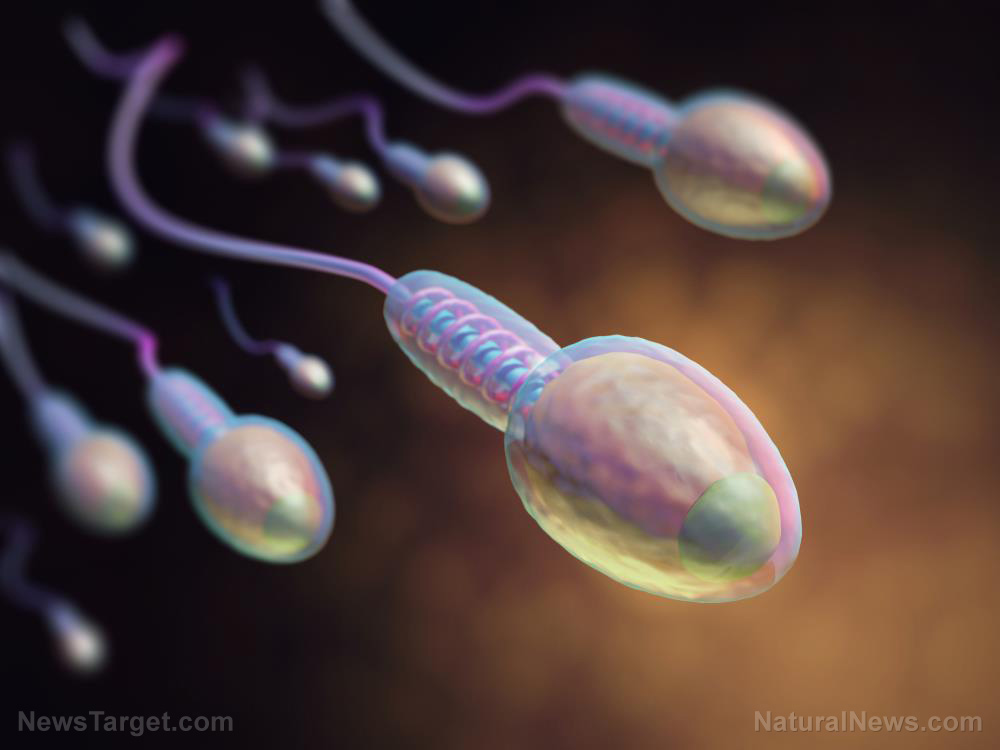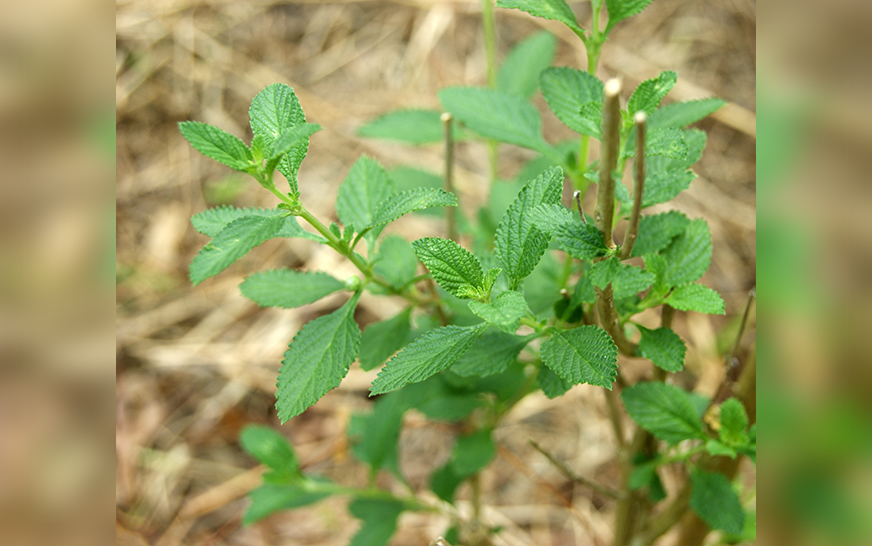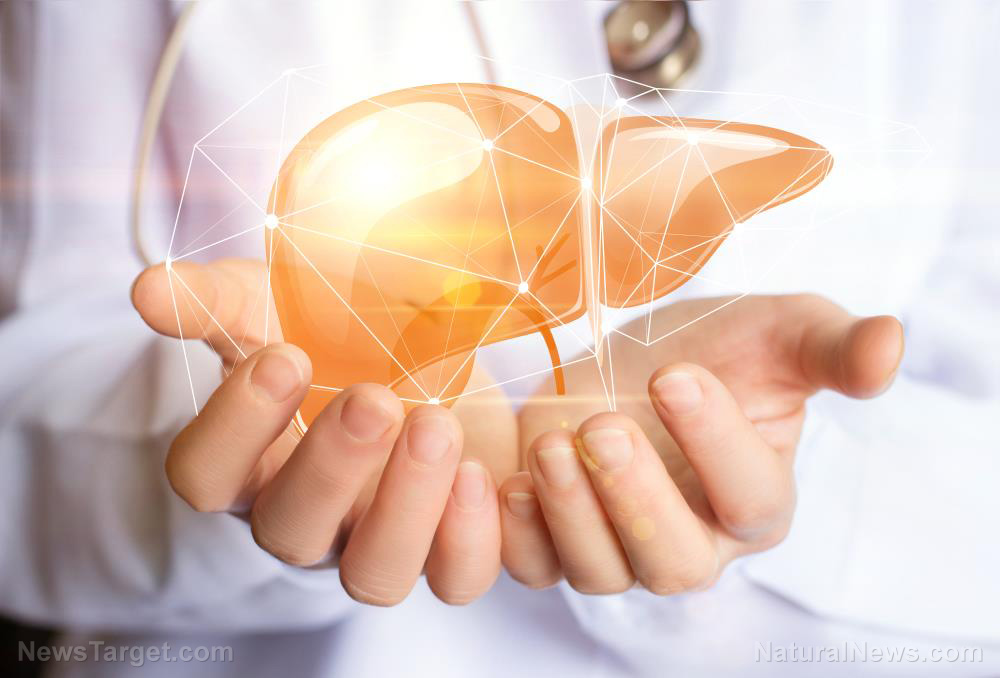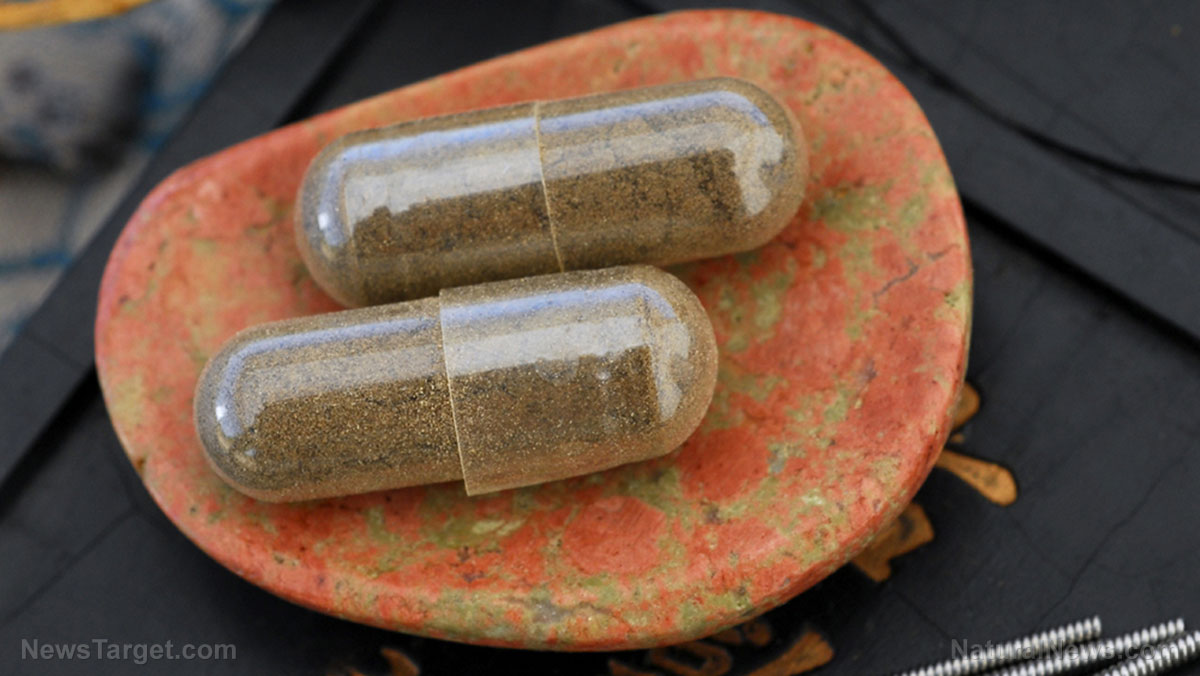Ginseng phytonutrient Ginsenoside Rg3 effective against hepatocellular carcinoma
07/22/2019 / By Stephanie Diaz

Researchers from Sichuan University and the Chinese Academy of Medical Sciences and Peking Union Medical College evaluated the bioactive compound ginsenoside Rg3, a component of ginseng, and its potential against hepatocellular carcinoma (HCC). Their study was published in The American Journal of Chinese Medicine.
- The sodium-hydrogen exchanger 1 (NHE1) plays a key role in the growth and development of HCC. It is a promising target for the treatment of HCC.
- Ginsenoside Rg3 is said to have pleiotropic antitumor effects on HCC but the mechanisms behind its suppression of HCC remain unclear.
- The researchers discovered that Rg3 exerts its effect on HCC by decreasing NHE1 expression.
- They found that epidermal growth factor (EGF) significantly increases NHE1 expression. EGF also increases the phosphorylated extracellular signal-regulated protein kinase (ERK1/2) level and hypoxia-inducible factor 1 alpha (HIF-1a) expression.
- ERK1/2-specific inhibitor PD98059 blocked EGF-stimulated HIF-1 alpha and NHE1 expression.
- Meanwhile, HIF-1a-specific inhibitor 2-methoxyestradiol (2-MeOE2) blocked EGF-stimulated NHE1 expression.
- From the results of in vivo and in vitro studies, the researchers reported that treatment with Rg3 decreased the expression of EGF, EGF receptor (EGFR), phosphorylated ERK1/2, and HIF-1a.
- They also found that RG3 can decrease EGF-stimulated NHE1 expression by inhibiting the EGF-EGFR-ERK1/2-HIF-1a signal axis in HCC.
From these results, the researchers concluded that Rg3 is an effective multi-target anti-tumor agent against HCC.
Read more studies about effective and natural cancer treatments at Cancer.news.
Journal reference:
Li X, Tsauo J, Geng C, Zhao H, Lei X, Li X. GINSENOSIDE RG3 DECREASES NHE1 EXPRESSION VIA INHIBITING EGF-EGFR-ERK1/2-HIF-1? PATHWAY IN HEPATOCELLULAR CARCINOMA: A NOVEL ANTITUMOR MECHANISM. The American Journal of Chinese Medicine. 2018;46(08):1915–1931. DOI: 10.1142/s0192415x18500969
Tagged Under: alternative medicine, anticancer, antitumor, cancer cures, cancer treatment, carcinoma, clean food, disease treatments, food cures, food is medicine, functional food, ginseng, ginsenoside, hepatocellular carcinoma, herbal medicine, Herbs, Liver cancer, liver health, natural cures, natural medicine, prevention, remedies, research, TCM



















